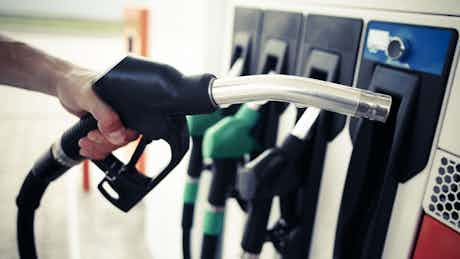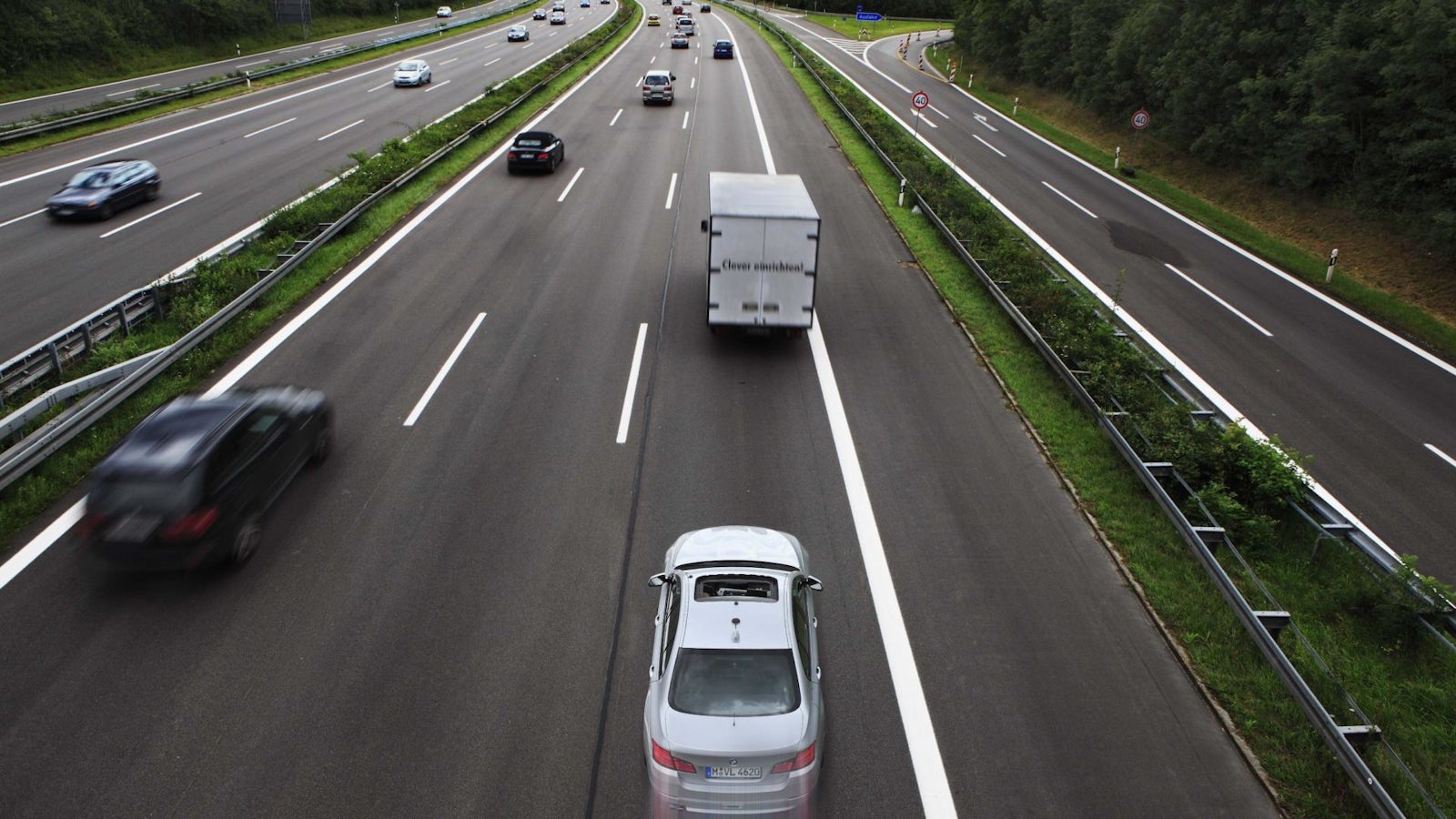What is a Diesel Particulate Filter (DPF) on a car?
May 26, 2025 by Neil Briscoe

If you’re thinking of buying a diesel car, you may have heard the term ‘Diesel Particulate Filter’ being bandied about. But what is a DPF and what does it do?
AA diesel particulate filter, or DPF, was an innovation to trap the nasty, tiny particles of soot that come from diesel engines. These little particles — or particulate matter to give them their scientific name — are harmful to people’s health, triggering lung diseases and aggravating asthma. A DPF is designed to filter them out of the exhaust, cleaning things up, and making for much better air quality.
What is a Diesel Particulate Filter (DPF)?
A diesel particulate filter is essentially a clever filter designed to trap and collect the microscopic particles of soot — particulate matter — that come out of the back of diesel cars. It fits into the exhaust and can make the exhaust of a diesel car significantly cleaner and improve the air quality around the car.
How does a DPF work?
Like your oil filter or your air filter, a diesel particulate filter is just that — a filter. It’s a section of the exhaust of the car with tiny, narrow channels which are small enough to trap and hold those little particles of soot. Unlike the air filter, which is made of fabric, a DPF is usually made of silicon or ceramic, materials which can cope with the high temperatures of your car’s exhaust system. When the filter section fills up with particles of soot, it needs to be cleaned, or ‘regenerated.’ This happens in two ways:

Passive regeneration
Passive regeneration is when the heat of the exhaust is used to burn off the soot particles. To get your exhaust to this kind of temperature you generally need to drive at high speeds, such as on a motorway, for between 30 minutes and an hour. This is why cars with diesel particulate filters aren’t suitable for low-mileage drivers, as we shall see.

Active regeneration
Active regeneration is an alternative method of filter regeneration, for when the filter is full but the temperature in the exhaust hasn’t built up enough. Active regeneration involves the injection of extra fuel to build up exhaust heat more quickly, and will generally work if you drive for around ten minutes at more than 40mph.
Can a DPF become blocked?

Yes, DPFs can become blocked, and this can be a significant reliability issue as it essentially means that your exhaust is not working properly — that can mean increased emissions, poor engine performance, and potentially even damage to the engine. A blocked DPF is usually the result of a car being driven only on short journeys, where the temperature in the exhaust doesn’t build up enough.
Should I buy a petrol or diesel car?
How to tell if my DPF is blocked
A blocked or full DPF will trigger a warning light, usually in yellow, on the dashboard or instrument panel. You may also notice a drop in your engine’s performance.
How to clear a blocked DPF
Clearing a blocked DPF means using one of the two forms of regeneration, so you’ll need to drive for at least ten minutes at more than 40mph for Active Regeneration, or at motorway speeds for up to an hour to trigger Passive Regeneration. In most cases, this will work and the warning light will go out.
However, if it doesn’t, you will need to bring the car to a garage to have the DPF flushed out, a process which costs around £100 and which, to be honest, isn’t always successful. In extreme cases, the DPF and the section of exhaust in which it’s fitted will have to be replaced, and that can mean a major repair bill of as much as £3,500.

This is why diesel-engined cars with a DPF aren’t suitable for drivers who don’t cover much mileage. Regular long motorway or A-road journeys will build up the necessary heat in your exhaust to clear your DPF and keep it healthy, but lots of short city journeys will mean it never heats up enough, and will eventually clog up.
How to avoid DPF problems
- Take regular long journeys at main road speeds. This generates heat in your exhaust which cleans out the DPF as you drive.
- Keep your car regularly serviced, and ask your mechanic or service manager about a DPF flush.
- Avoid short, low-speed journeys.
- If you’re a low-mileage driver, consider a car that does not have a DPF.
Diesel Particulate Filter FAQs
Where is the DPF located?
The DPF is located in the exhaust of a diesel car.
How often does a DPF regeneration occur?
The DPF will usually regenerate when it’s around 45% full, but how long it takes to reach this level will depend on your driving style.
If you regularly drive at over 40mph for 30-50 minutes, the DPF will stay clear anyway. If you don’t do this, active regeneration should occur every 300 miles or so depending on how you use the car.
How long does DPF regeneration take?
Passive regeneration will take around 30-50 minutes to complete at speeds over 40mph, while active regeneration can be completed in as little as 10 minutes at the same speeds.
If your car is mid-way through an active regeneration, it’s recommended you let it finish the cycle to prevent damage to the engine.
How long can you drive with the DPF light on?
The DPF light will typically come on when the filter is around half full, and it’s recommended you sort it there and then. Going for a 50-minute drive up the motorway is much less hassle than paying for the DPF to be cleaned or replaced.
Can a blocked DPF damage the engine?
Most cars will go into ‘limp mode’ to protect the engine if the DPF is blocked. This will limit the engine’s power and the car’s top speed to allow you to get off the road. Continuing to drive the car with a red DPF light on can cause damage to the engine.
Can I remove the DPF?
No, removing the DPF is illegal and you can face big fines for doing so. Your car will also fail its MOT without a DPF as the emissions will be too high.
Is premium diesel better for a car’s DPF?
There is no evidence to suggest that premium diesel makes much difference to the DPF, however running your car with a low tank can cause issues. If your fuel warning light is on, some cars won’t start the active regeneration process as it increases fuel consumption.
Which cars have a DPF?
Any diesel-engined car built from 2009 onwards, which conforms to Euro5 emissions regulations will have a DPF. Some newer petrol-engined cars also have exhaust filters, known as a Gasoline Particulate Filter, or GPF, but petrol cars don’t suffer from the same soot and particulate problems as diesel engines.
Is it illegal to remove a DPF?
Yes, it actually is. Removing the DPF, which some owners did to sidestep potential problems with reliability, is illegal as it contravenes Road Vehicles (Construction and Use) Regulations. Essentially, a car is passed as legal to sell once it meets all of the necessary regulations, including emissions regulations, so taking out the DPF means that your car is no longer legally allowed on the road. You can be hit with a fine of up to £1,000 for removing a DPF. Taking out the DPF can also mean that your insurance cover is invalid, as again your car doesn’t conform to the regulations.
Do I need a DPF to pass the MOT?
Yes. Since 2014, a DPF check has been part of the MOT test, and if it has been removed then that’s an automatic fail.
Car Change? Carwow!
Looking for a new set of wheels? With Carwow you can sell your car quickly and for a fair price – as well as find great offers on your next one. Whether you’re looking to buy a car brand new, are after something used or you want to explore car leasing options, Carwow is your one stop shop for new car deals.















